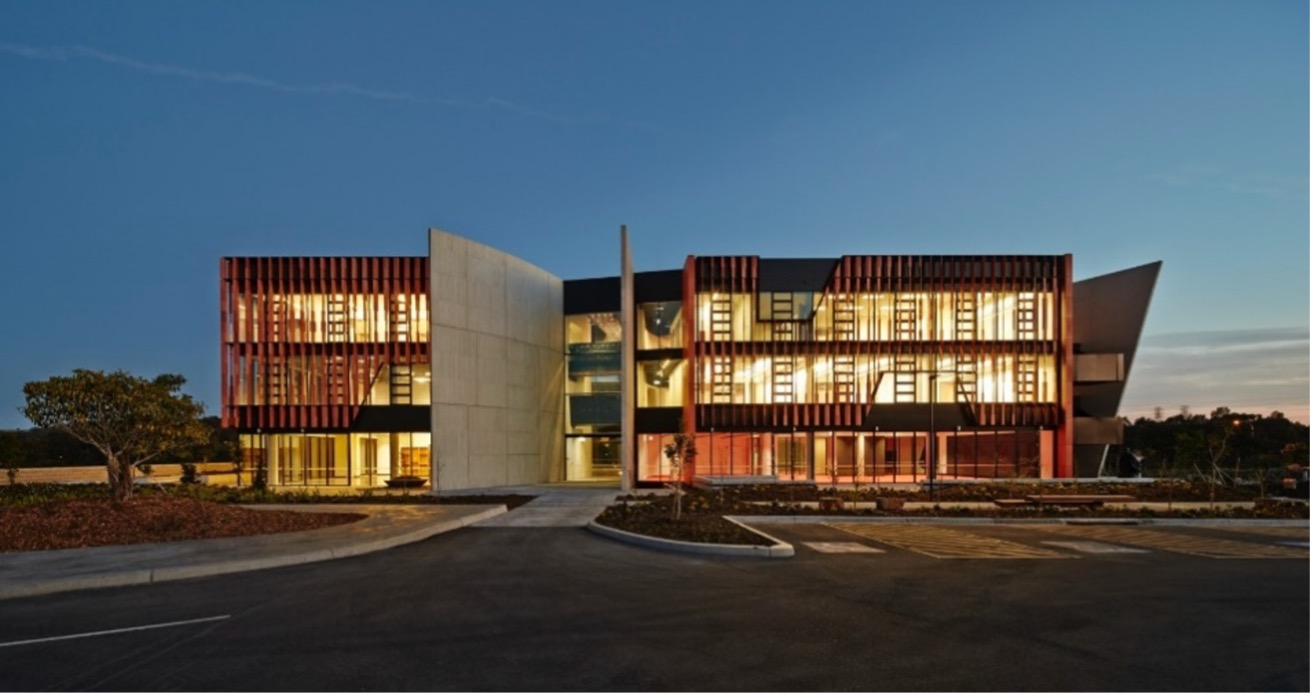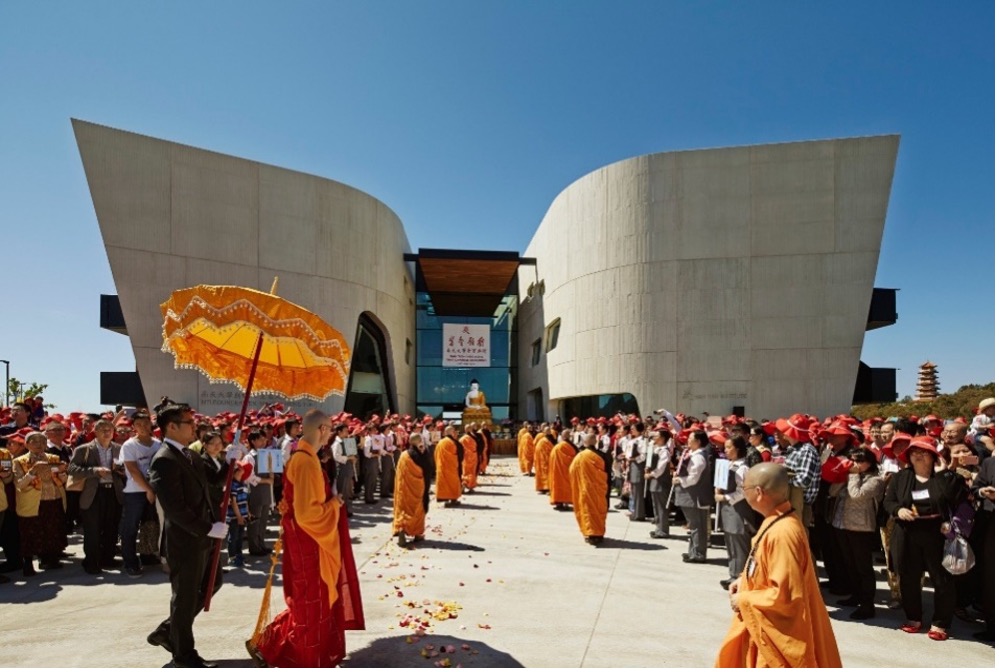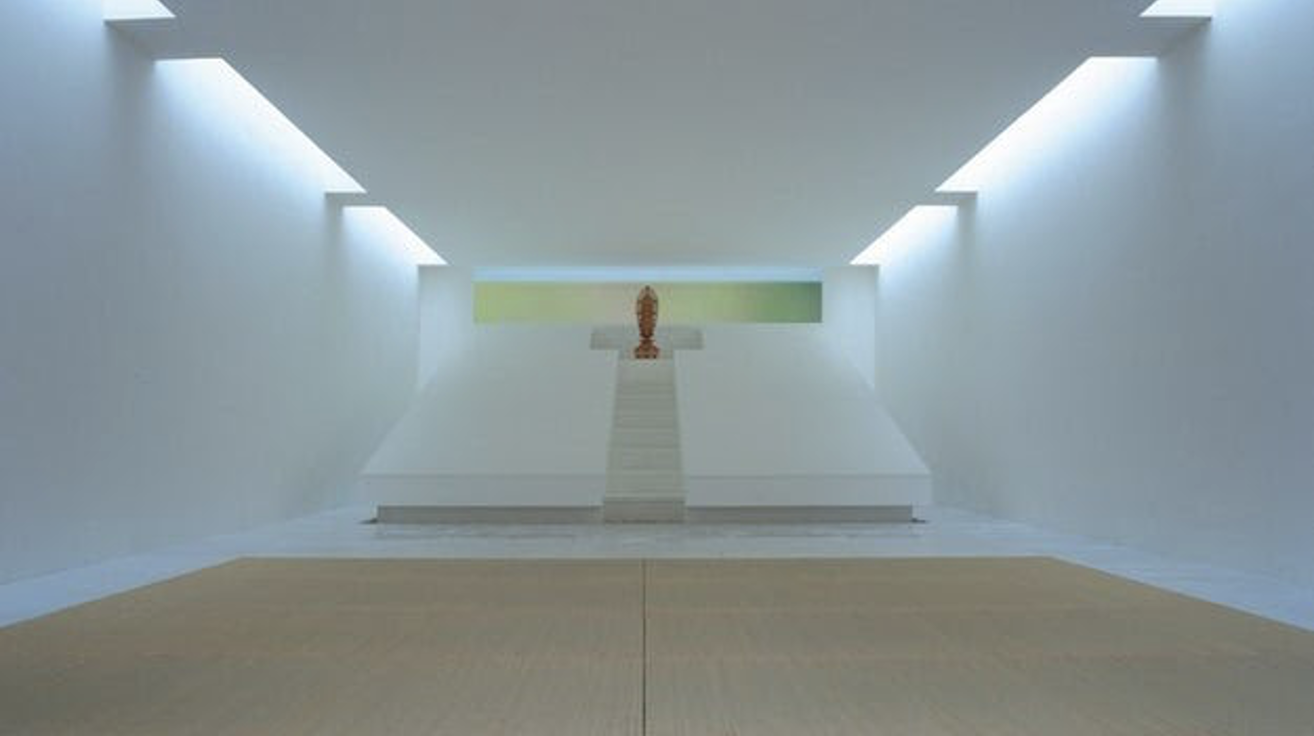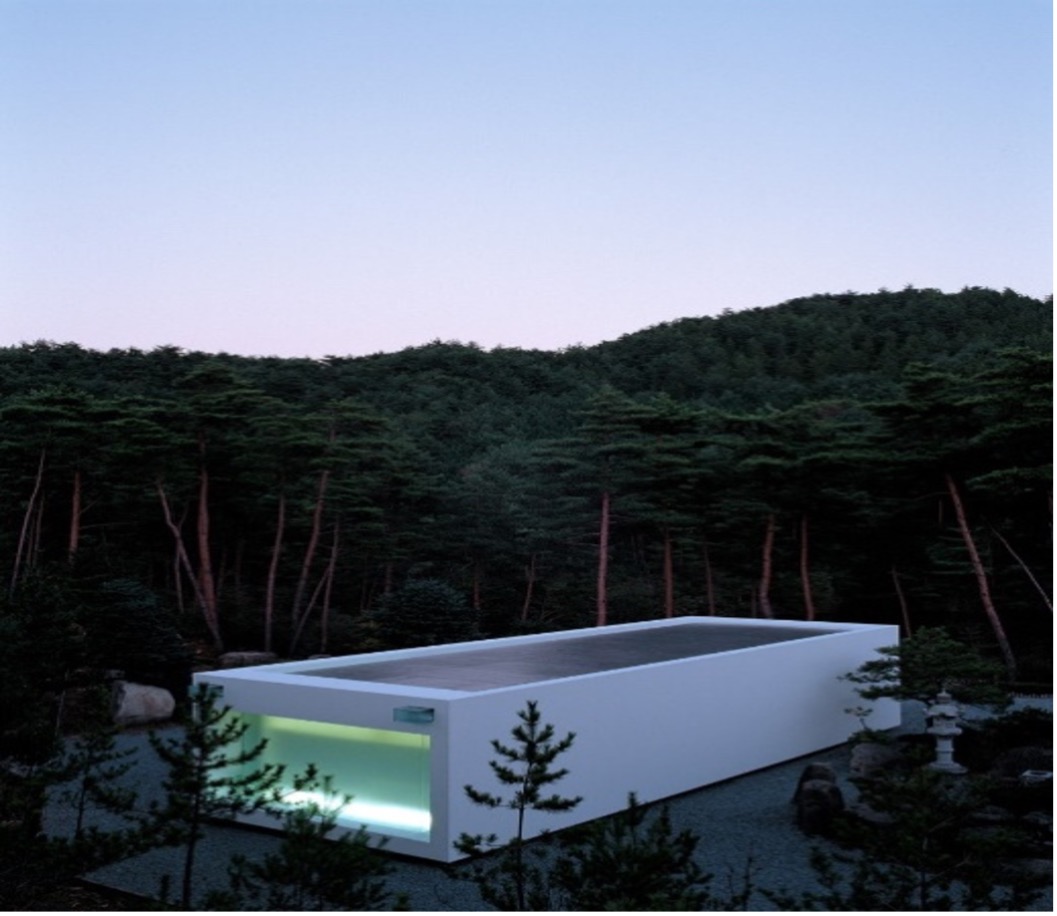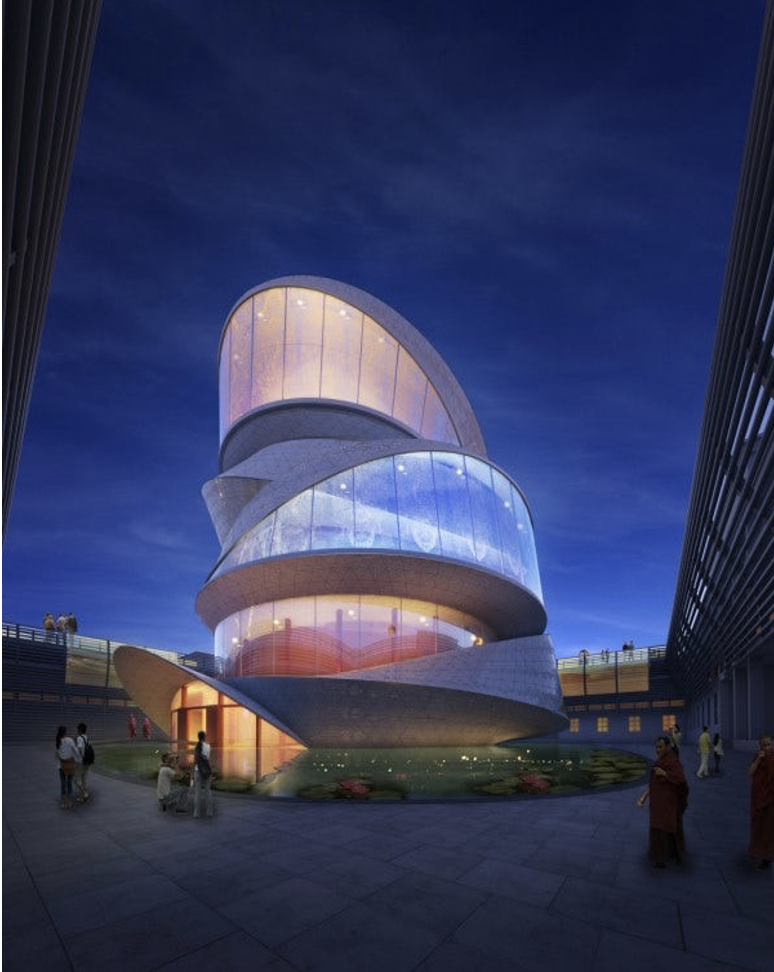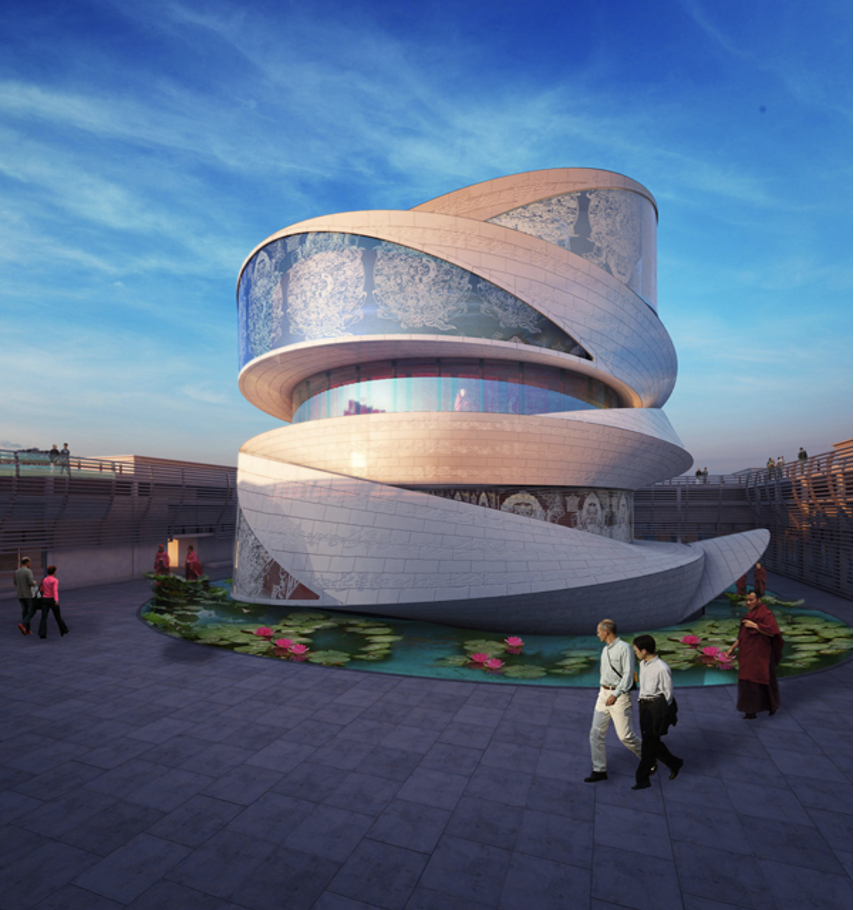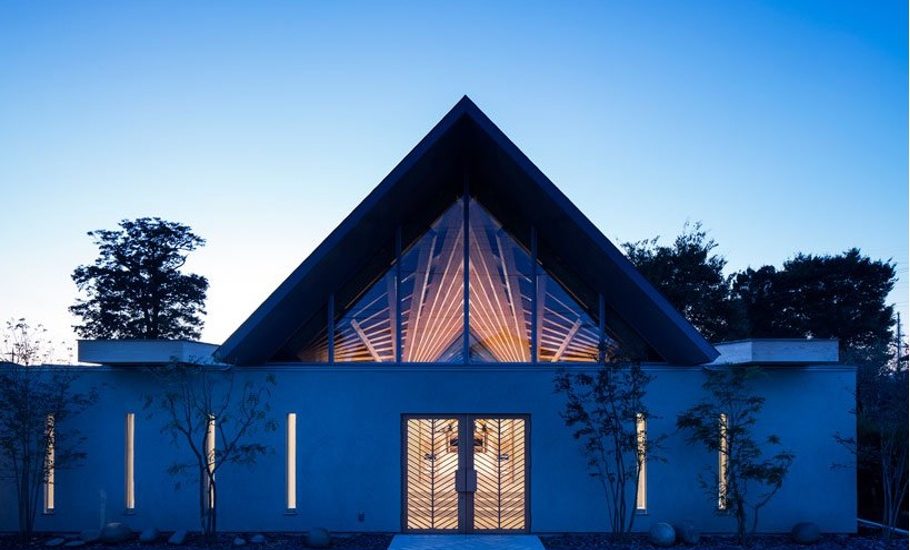Architecture determines a building’s identity, space, personality, and indeed, its very purpose. For example, when speaking of Buddhist architecture, the overwhelming image conjured in most heads is that of a traditional monastery in an Asian country. Perhaps the occasional historian will look at the architecture of Buddhist ruins and archaeological sites. What is extraordinary about the religious structures highlighted by our colleagues at BDE (as a five-part series on contemporary Buddhist architecture) is that they can now express their religious message through a distinctly modern architectural style. The constant experimentation of new styles with which to construct exteriors and interiors could be called Buddhism’s own “classical architectural introspection.” It is a quiet aesthetic revolution.
The first article in this series, Arquitectura budista contemporánea (I) highlights several examples of distinctly minimalist architecture, which is defined as embracing simplicity, utility, and elegance, allowing the building to express itself without any further need for embellishment. The examples here are of the Nan Tien Education and Cultural Centre in Wollongong, Australia, the Templo Blanco in Kyoto, Japan, and a concept temple in Taichung, Taiwan.
